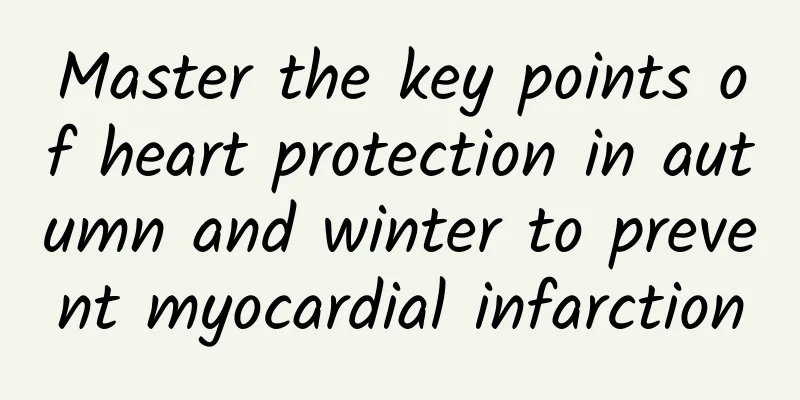Location map of kidney pain in women

|
When a woman experiences pain in the kidney area, the first thing to consider is kidney stones. The most typical symptom of kidney stones is sudden pain in the kidney area or ureter. The pain is severe and will not be relieved by changes in posture. And the percussion pain in the kidney area will be more obvious. Sometimes there are also frequent urination, urgency, inability to hold urine, and inability to urinate, accompanied by nausea and dry retching. The diagnosis can be confirmed by going to the hospital for an ultrasound examination of the urogenital system and a routine urine examination. Secondly, lumbar muscle strain and lumbar disc herniation can sometimes cause kidney pain. It usually occurs after fatigue, the pain is relatively mild, and it is somewhat relieved after activity. A CT scan of the waist can confirm the diagnosis. The location of kidney pain in women is mostly on both sides of the spine in the back of the waist, and may present as dull pain, stabbing pain, or pressure pain. Common clinical medical conditions include urinary tract infection, urinary tract stones, renal cysts and renal space-occupying lesions. The diagnosis can be further confirmed by urinary tract color Doppler ultrasound, abdominal upright X-ray, blood routine test, urine routine test, mid-range urine microbial culture and other tests. If it is not caused by infection, it is recommended to actively use antibiotics for two weeks. If it is caused by stones, it is recommended to actively undergo external shock wave lithotripsy or surgical stone removal for treatment. If it is caused by a renal cyst, it is recommended to use B-ultrasound to determine the size of the cyst and, if necessary, perform percutaneous renal cyst puncture for drainage. If it is caused by renal space-occupying lesions, urinary system enhanced CT is performed to determine whether it is benign or malignant. If it is a benign tumor, it can be removed surgically. If it is a malignant tumor, it is necessary to check whether it has metastasized throughout the body. Regardless of men or women, the kidney area is basically the same anatomical location. The location of renal pain refers to the angle between the two sides of the erector spinae muscle and the 12th rib. This area is called the renal area. Its deep surface is the renal hilum and the inner edge of the kidney. When suffering from some kidney diseases, there will be percussion pain in this area. There are many reasons that can cause renal percussion pain, such as urinary tract infection, urinary stones, tumors, etc., so they need to be eliminated one by one to determine the cause of the pain, and then treat it accordingly according to the original disease. |
<<: How big is the belly when pregnant for four months
>>: Picture of fetus in second month of pregnancy
Recommend
Baby indigestion mother avoid eating
Generally speaking, there is no immediate connect...
What is the situation of blood streaks in women's vagina
Leucorrhea is closely related to the health of wo...
Can I use BB cream while breastfeeding?
BB cream is a skin care product with particularly...
The benefits of anal contraction exercises for women
Anal contraction exercise is to regularly contrac...
How to maintain the uterus?
As our living standards continue to improve, more...
What to do if you have menstrual disorders or dysmenorrhea
In our daily life, gynecological diseases can cau...
What are the causes of cervical squamous intraepithelial neoplasia?
Some female diseases usually do not receive peopl...
Why do women get vaginitis?
In today's society, women can hold up half th...
Which of the following types of waste does the tire belong to? What do the numbers and letters on the tire mean?
Tires are an especially important part of a car w...
The more you sleep, the smarter you are? Sleeping more than this may be more harmful to your health than staying up late
About one-third of a person's life is spent s...
Green discharge after childbirth
Women's physiological structure is more compl...
What causes puffy eyes in women?
Many female friends have this feeling. When they ...
No feeling of wetness during sex
Different things often happen when someone is hav...
What causes bleeding during sexual intercourse in women?
Female sexual intercourse bleeding refers to loca...
What should I do if my period is delayed for 3 months?
The phenomenon of delayed menstruation is a commo...









